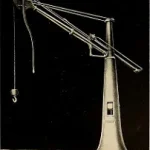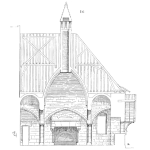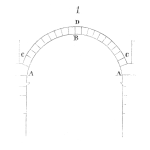
We are well aware of cases when Accelerated Testing is successfully creating by statisticians, here I would like to propose an engineer’s approach.
We have created a new product, there is (is) an order for it (50 products at a price of $200). Can we start manufacturing and delivery? No, we can’t. We are stopped by significant warranty obligations and lack of confidence in the reliability of the product during the warranty period.
This is a typical task with uncertainty.
[Read more…]













 Ask a question or send along a comment.
Please login to view and use the contact form.
Ask a question or send along a comment.
Please login to view and use the contact form.